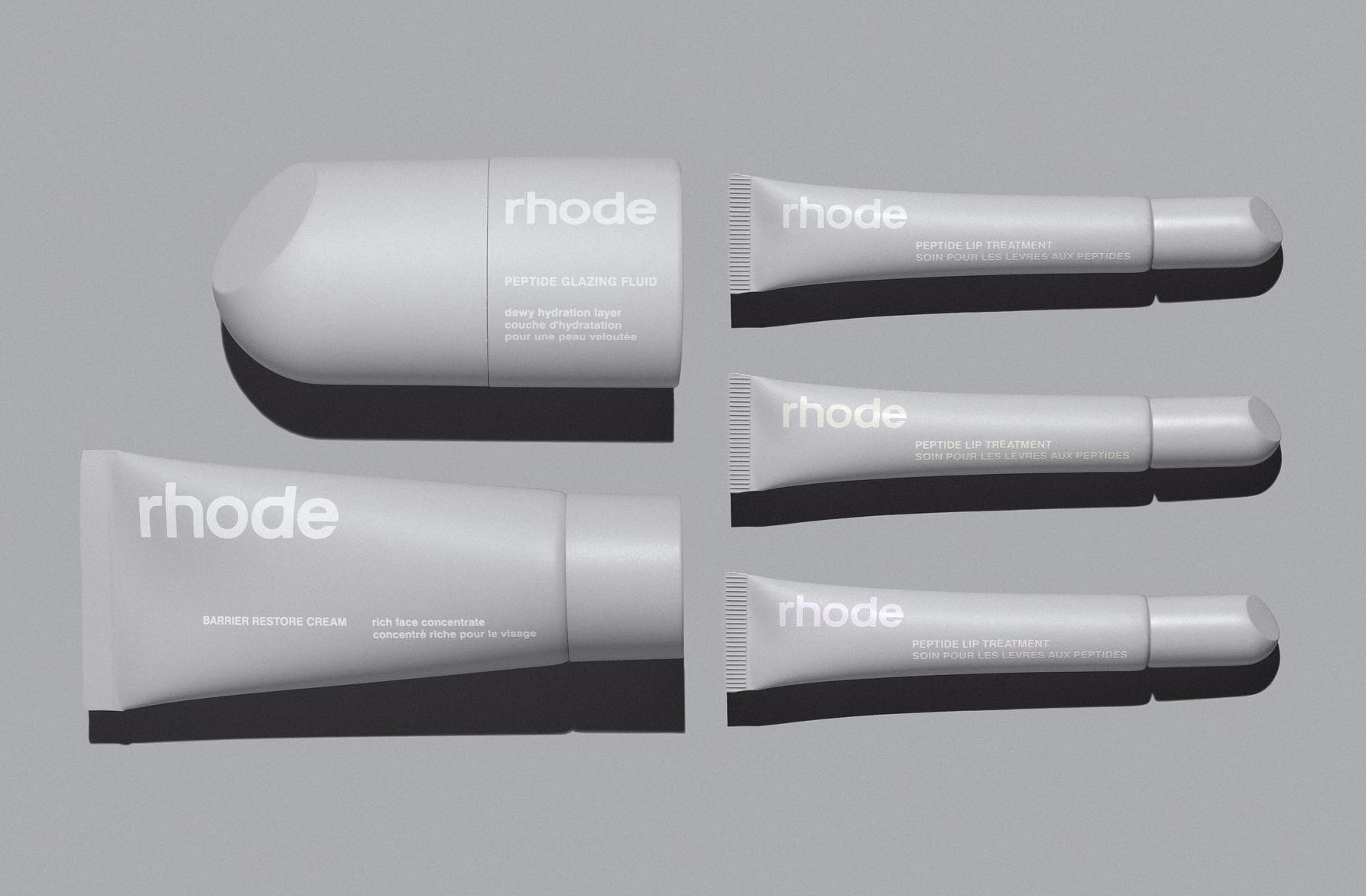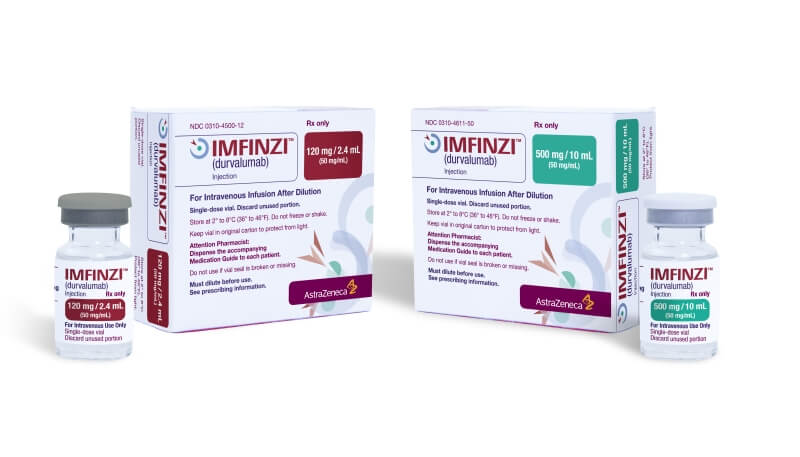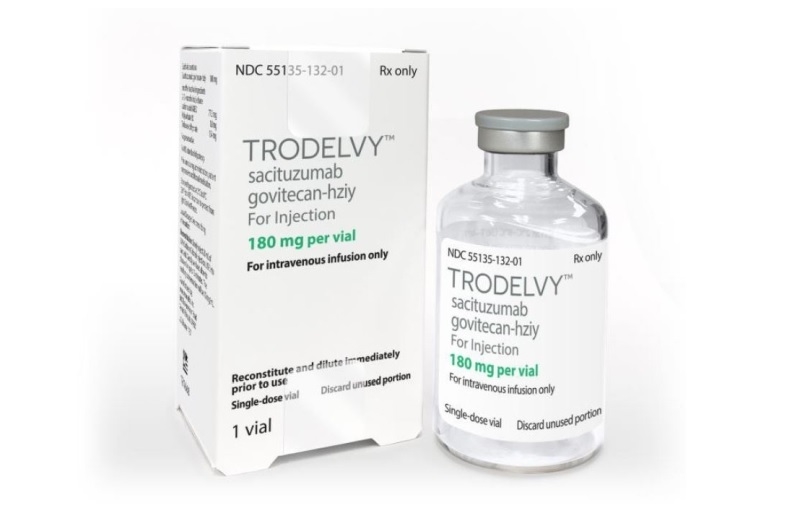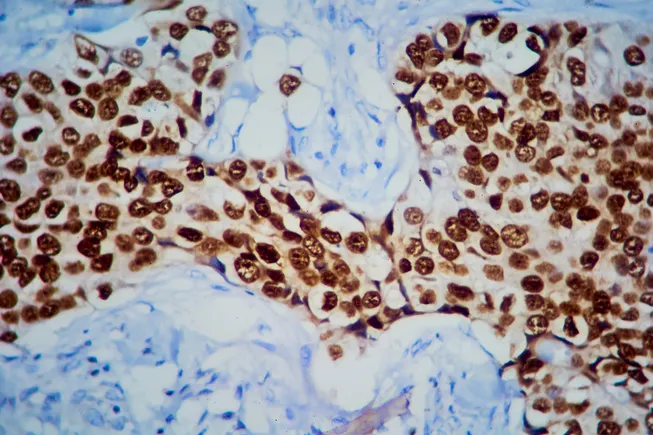Characterization of Pro‐Drug Metabolism and Drug Permeability Kinetics in a Microphysiological In Vitro Model of the Human Small Intestinal Barrier Incorporating Mucus‐Generating Cells Coupled with LC‐MS/MS Analysis
Advanced Healthcare Materials, EarlyView.

Small Intestine-on-a-Chip: A microphysiological human small intestinal model, incorporating mucus-producing cells, is developed using a 3D microfluidic chip that enables parallel cultures with in situ-generated mucus layers. Validated through animal studies and LC-MS/MS drug permeability tests using doxycycline, ganciclovir, and valganciclovir (a prodrug), this platform offers a physiologically relevant system for predictive pharmaceutical research.
Abstract
A micro-physiological model of the human small intestinal barrier incorporating mucus-generating cells has been developed. The established barrier was utilized to assess the absorption kinetics of three selected therapeutic compounds: Doxycycline, Ganciclovir, and its prodrug Valganciclovir, following the implementation of a thorough LC-MS/MS validation protocol. The co-culture of Caco-2 cells, representing absorptive enterocytes, and HT-29 MTX cells, modeling goblet cells, enabled the in-situ generation of a sufficiently thick mucus layer covering the entire cell monolayer. The presence of HT-29 MTX cells, which exhibit weaker tight junctions than enterocytes, contributed to the observed lower transepithelial electrical resistance (TEER) and higher FITC-dextran flux. The permeability of all the compounds was higher when tested in the co-culture system containing mucus-generating cells, compared to the Caco-2 monoculture, demonstrating the impact of mucus on intestinal drug transport kinetics. The permeability of ganciclovir following its generation from the prodrug valganciclovir was significantly higher than the permeability of ganciclovir itself, as the active metabolite ganciclovir exhibited an enhanced transport rate compared to when administered without metabolic activation. The developed microfluidic-based intestinal barrier model has demonstrated the capability to reliably simulate drug absorption and prodrug metabolism, and its impact on drug permeation kinetics across the small intestine.











































































































































